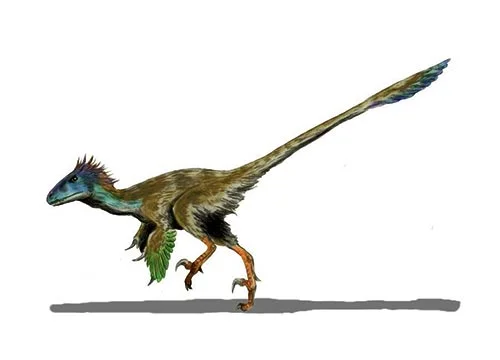Utahraptor (Utah’s hunter)

You-tah-rap-tor
James Kirkland, Robert Gaston, & Donald Burge – 1993
Carnivore
Estimated 7 meters long
Large Theropod
U. ostrommaysi (type)
USA, Utah – Cedar Mountain Formation
Early Cretaceous, 125 million years ago
Utahraptor Facts
Utahraptor is a genus of large theropod dinosaur that lived during the Early Cretaceous period, around 125 million years ago, in what is now North America. It was first discovered in Utah, which is where it gets its name. Utahraptor was a fierce predator, estimated to have been up to 7 meters (23 feet) long and weighing up to 1,000 kilograms (2,200 pounds).
One of the most distinctive features of Utahraptor is its large, sickle-shaped claw on the second toe of each hindlimb. These claws were up to 22 centimeters (9 inches) long and were probably used to slash and disembowel prey. Utahraptor’s arms were also relatively long and powerful, suggesting that it may have been able to grapple with and immobilize its prey.
Utahraptor is known from several well-preserved fossil specimens, including a partial skeleton discovered in Utah in 1991. This specimen provided important insights into the anatomy and behavior of Utahraptor, including its powerful hindlimbs, sharp teeth, and agile, bird-like movements.
One interesting aspect of Utahraptor’s discovery is that it was the first dinosaur to be named with the prefix “Utah,” which has since become a trend in dinosaur nomenclature (such as the recently-named Utahceratops). The discovery of Utahraptor has also helped to shed light on the diversity and complexity of theropod dinosaurs during the Early Cretaceous period, and their role as apex predators in their ecosystems.



